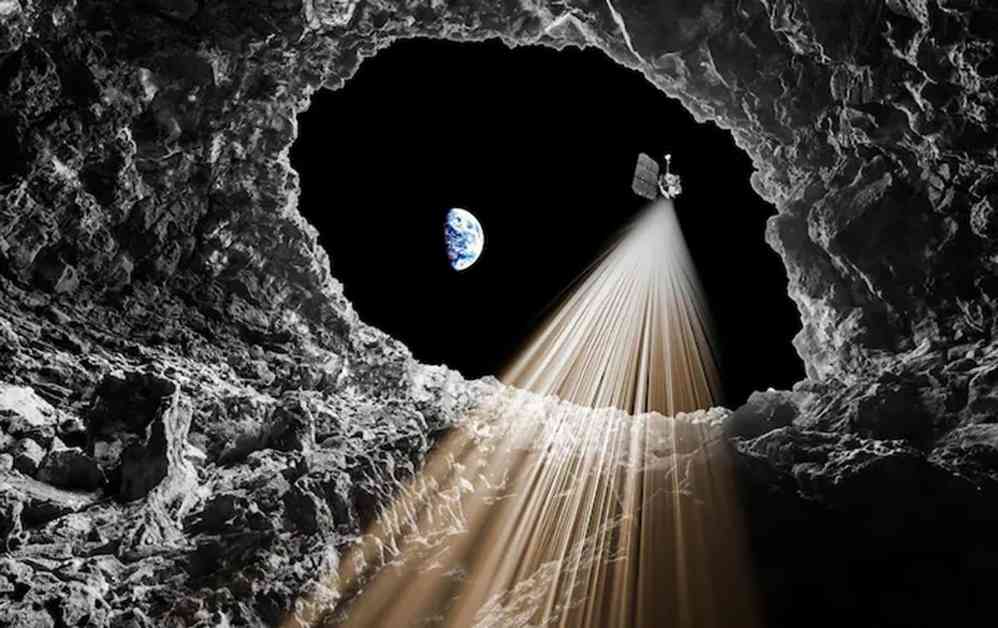An international team of scientists has discovered a system of underground caves on the Moon, with one extending from a pit near the Apollo 11 landing site. The discovery was made by analyzing data collected by the NASA Lunar Reconnaissance Orbiter in 2010.
The subsurface cave on the Moon is over 200 feet long and located 203 miles northeast of the Apollo 11 landing site in Mare Tranquillitatis. Scientists believe that the cave could extend for miles beneath the lunar surface. This finding confirms the long-standing theory that there are caves on the Moon, similar to those found on Earth.
The Moon caves were first suspected by scientists decades ago and were confirmed by lunar orbiters before the Apollo missions. In 2009, a pit was identified using images from the Japan Aerospace Exploration Agency’s Kaguya orbiter. Since then, more caves have been discovered across the lunar surface using images and heat measurements from the Lunar Reconnaissance Orbiter.
According to Lorenzo Bruzzone, a professor at the University of Trento, this discovery provides the first direct evidence of an accessible lava tube under the Moon’s surface. These caves may have formed as lava tubes, similar to those found on Earth, where molten lava flowed beneath a cooled surface.
The potential of these Moon caves as shelters for future astronauts is being considered as NASA plans for its Artemis III mission to return humans to the lunar surface. Robert Wagner of Arizona State University suggests that placing a habitat in a pit beneath an overhang on the Moon could provide a safe location for astronauts, protecting them from radiation, micrometeorites, dust, and extreme temperature swings.
As humanity looks towards exploring the Moon once again, the discovery of underground caves offers a new perspective on how to ensure the safety and well-being of future astronauts. These caves could serve as natural shelters, providing a secure environment for lunar explorers as they embark on missions to uncover the mysteries of our celestial neighbor.












